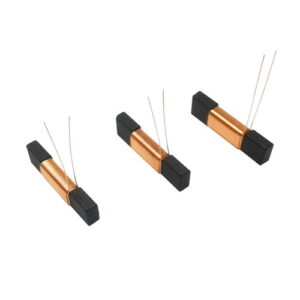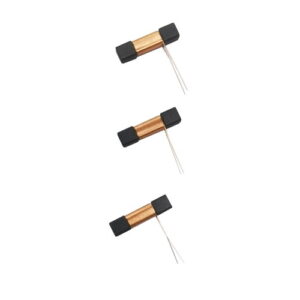Capacitive pen coils not only provide excellent protection against damage to smartphone screens but also offer high practicality and sensitivity. Capacitive pen coils have a high cost-performance ratio and occupy a significant market share. However, many people are unaware of the differences between a stylus and a capacitive pen with a coil. A capacitive pen with a conductive coil can be used for capacitive touch screens. Some capacitive pens have features like anti-misoperation and pressure sensitivity, allowing for more precise operations and reduced touch delay.

The difference between a touch pen and a capacitive pen lies in the fact that the capacitive pen’s body carries static electricity, and capacitive screens themselves have the technological capability to sense static electricity. Therefore, capacitive pen coils are suitable for capacitive screens, while regular styluses that require screen pressure are suitable for resistive screens. Additionally, the capacitive pen coil is a pen made of conductive material used to touch capacitive screens and facilitate human-computer interaction. A capacitive pen is an auxiliary device that utilizes a conductive material to mimic human touch (typically with a finger) for human-computer interaction. A touch pen is a small pen-shaped tool used to input commands into touch screen devices such as computer screens, mobile devices, and drawing tablets. Users can select files or draw by clicking on the touch screen with the touch pen.

Although capacitive screens appear thin and lightweight, they are actually composed of multiple layers of glass screens, usually four layers of composite glass. However, with technological advancements, this aspect is continuously improving. Apart from the outermost protective layer, the inner layers and the gaps between the glass are evenly coated with conductive material, allowing the ITO coating surface to conduct electricity. Electrodes are distributed on the four edges of the glass. When a person’s finger touches the screen surface, the body’s bioelectric current triggers capacitive charging. It can send signals to the touch screen matrix for reception, and upon connection, it can control the volume adjustment of the phone and various applications. Compared to passive capacitive pens, sensitivity is significantly improved, and writing is more precise. However, they require timely charging to keep the circuit functioning properly. Additionally, due to the uniform distribution of the conductive material, the different positions of touch points at the four corners can result in varying electrical charges in the four electrodes. Through calculations, the touch point can be accurately identified.